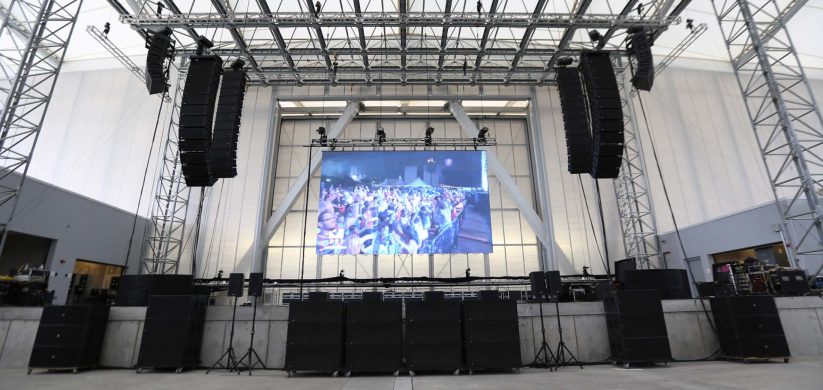Cutting-edge Approaches to Boosting Untethered Linkage Technologies for LED Panel Panels.
Wiki Article
Untethered communication technologies for LED wall panels have transformed the way we utilize visual interfaces in various settings, such as concerts, conferences, and promotional displays. These units, known for their vibrant colors and high resolution, rely heavily on stable wireless connections to perform effectively. As digital infrastructure continues to advance, innovative approaches are being developed to optimize these wireless frameworks. This discussion will explore some of the latest strategies aimed at improving wireless connectivity for LED wall displays.

One notable method to improving wireless connectivity is the use of next-generation antenna technology. Antennas play a critical role in sending and receiving signals between components. By utilizing smart antennas, which can adjust their direction and focus based on the surroundings, manufacturers can greatly enhance signal strength and stability. This dynamic tuning helps reduce disruption from other electronic devices and obstacles, leading to sharper video quality and more stable link performance for LED wall panels.
Another forward-thinking strategy involves implementing mesh networking systems. Unlike conventional wireless setups that rely on a single access point, mesh networks consist of multiple connection points that work together to spread the internet signal over a larger area. This setup guarantees that Light Emitting Diode wall panels receive a steady signal regardless of their location. In spaces like arenas or large exhibition halls, where physical barriers may interfere with signals, mesh see this here technologies provide a more robust solution by ensuring connectivity even in crowded areas.
Moreover, integrating edge computing into wireless connectivity can enhance efficiency for LED wall panels. Edge computing allows data processing to occur closer to the source of data generation rather than relying solely on centralized cloud infrastructure. By analyzing data at the edge of the Luminescent Diode wall units, the architecture minimizes latency, resulting in quicker response times and more fluid video rendering. This innovation is especially advantageous for use cases that demand real-time responses or interactive functions, making visual displays more immersive for viewers.
Finally, adopting new transmission standards can also enhance wireless network performance for Light Emitting Diode wall screens. Protocols such as 802.11ax and fifth-generation wireless offer greater bandwidth and accelerated data throughput compared to earlier standards. These technologies enable multiple units to connect concurrently without compromising performance. As Luminescent Diode wall displays are often paired with other smart technologies, integrating these modern protocols guarantees that all systems can communicate seamlessly, leading to an see this here overall better user experience.
In conclusion, the enhancement of wireless connectivity solutions for LED wall displays is essential as technology continues to evolve. Through developments such as intelligent antennas, mesh networking architectures, edge computing implementation, and new communication protocols, manufacturers can deliver better efficiency and stability. These strategies not only enhance the functionality of LED wall panels but also elevate the visual experiences they offer across multiple settings. As these advancements continue to progress, audiences can look forward to even more impressive displays in the coming years.